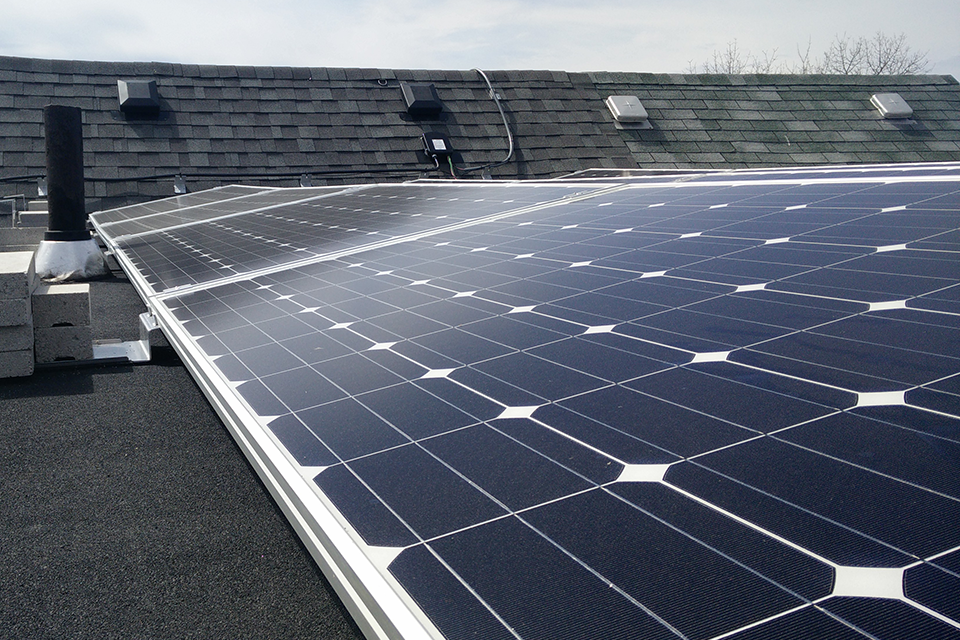
When we look at the future structure of Ontario’s electricity system, it’s really about finding a way to bring a similar structure to the local level that we currently have at a provincial level—one in which resources are operated in a way that ensures electricity is reliable and affordable for Ontarians.